Looking Through Time: 1986 Albums
The CommRadio Arts & Entertainment staff revisits some of the most influential albums of 1986.
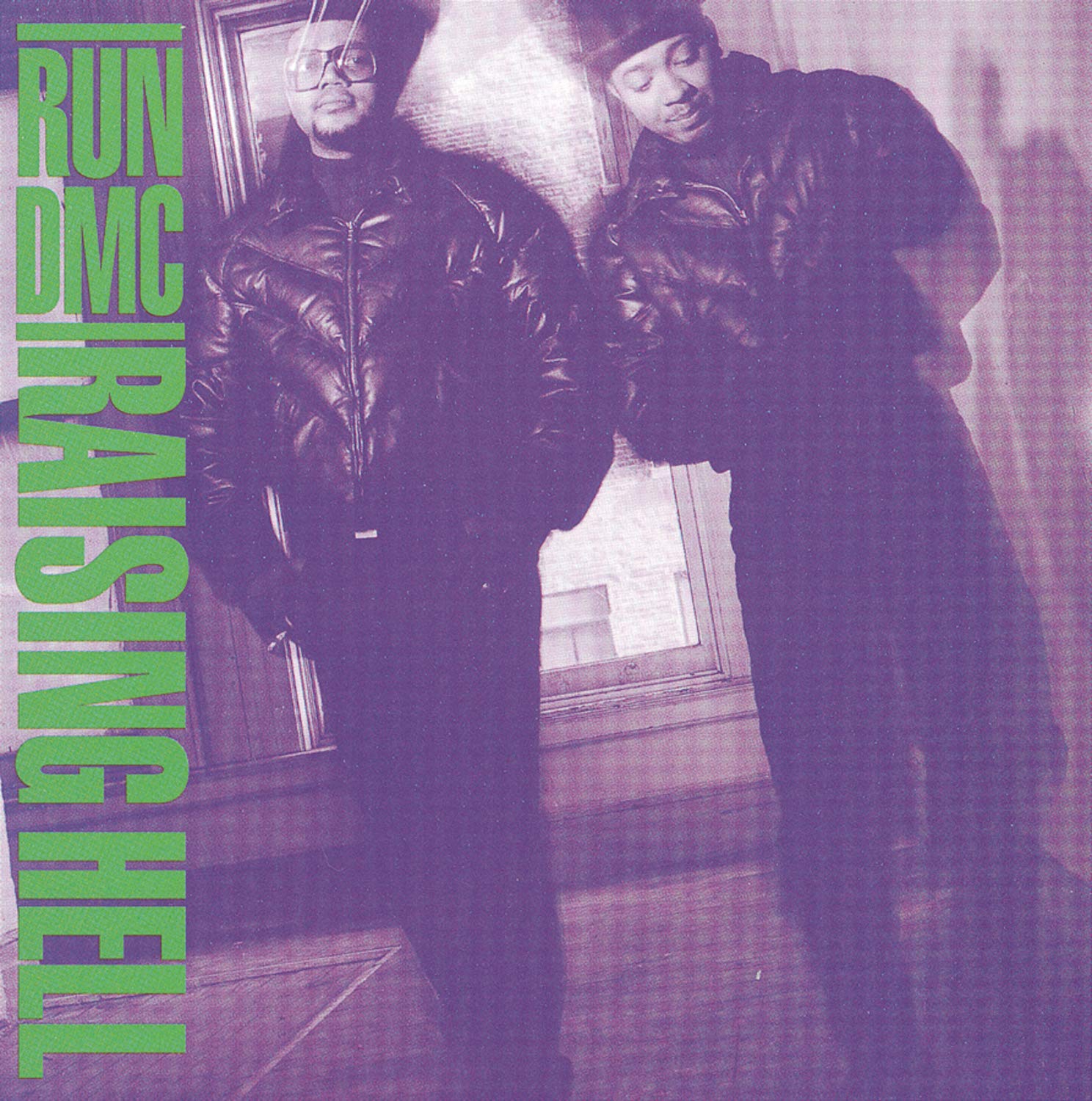
Run-DMC – “Raising Hell”
1986 can be viewed as the introduction to what many deem to be the “golden era” of hip-hop.
At this point, rap music was slowly becoming more accepted into pop culture, and Run-DMC’s “Raising Hell” serves as the perfect platform where hip-hop meets rock.
While rock was still king, Joseph “Run” Simmons, Darryl “DMC” McDaniels and Jam Master Jay were putting East Coast hip-hop in stereos and boomboxes across the country. Their genre-mixing style acted as the perfect medium to introduce a new wave of music on the rise to a past generation.
Run-DMC’s booming production drew heavy inspiration from rock acts of the past. Hard guitar riffs mixed with record-scratching crafted a sound foreign to all. It’s only fitting that “Raising Hell” sees them collaborate with Aerosmith to remix the smash hit “Walk This Way,” molding the track into Run-DMC’s wheelhouse of boom-bap production.
Beyond influencing future hip-hop acts, Run-DMC impacted the culture of America. As fashion trendsetters, they made the Adidas tracksuit a look to be had. It also helps that “Raising Hell” features the aptly named track “My Adidas,” giving the three-striped brand added popularity.
While “Walk This Way” saw the group’s acclaim rise, the album’s true hit came from “It’s Tricky,” in which Run-DMC segues into the pop genre. With the rise of MTV, artists needed a sound that was approachable to the masses. “It’s Tricky” met that criteria while allowing McDaniels and Simmons to remain true to their roots of boom-bap.
“Raising Hell” is what took Run-DMC from popular to influential. Collaborating with rock legends, putting a personal stamp on the world of fashion and introducing new ideas for the world to hear are all things that many artists dream of. Run-DMC was able to achieve all of that just from this project alone. —Joe Eckstein
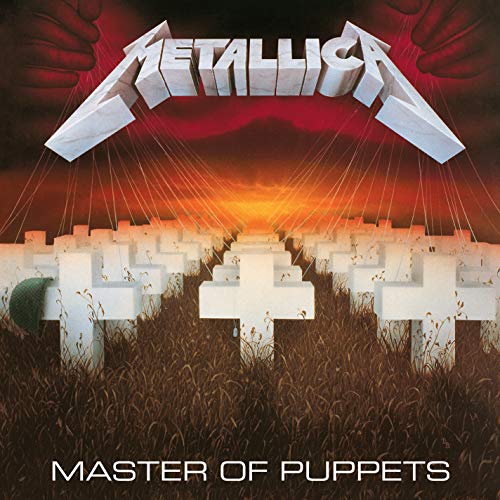
Metallica – “Masters of Puppets”
“Master of Puppets” is the absolute pinnacle of ‘80s thrash metal. Metallica took everything they had learned from their two previous albums and refined it into a masterpiece that transcended the metal genre.
“Master of Puppets” is more polished than previous works, from the clean distortion of Cliff Burton’s bass to the complicated interludes of guitarists James Hetfield and Kirk Hammett. Hetfield’s vocals evolved from growling to refined, and drummer Lars Ulrich had never hit his drums faster or harder.
What makes “Master of Puppets” so transcendent is the critical venom that every song is laced with. “Master of Puppets” tackles everything from war, drug addiction, loneliness and false prophets.
The opening track “Battery,” with its melodic acoustic opening, quickly gives way to a barrage of pure metal with furious guitar work. High-energy and violent like an artillery assault on defenseless soldiers, “Battery” makes it clear that Metallica is pulling no punches.
“Disposable Heroes” and “Damage, Inc.” speak to the futility of war, with “Disposable Heroes” focusing on a young soldier sent out to die by a heartless military. The song is a non-stop barrage of instrumental assault, broken up by Hetfield’s roars. “Damage, Inc.” speaks of the senseless destruction war brings, and it ends the album with an absolute bang.
“The Thing That Should Not Be” revolves around the Cthulhu mythos of H.P. Lovecraft and slowly builds as the creature is unleashed upon the world. The song gets a real crunch from Burton’s bass.
“Orion” is an instrumental built around Burton’s bass lines and features possibly the greatest bass solo of all time.
“Leper Messiah” deals with the spread of television evangelists and portrays them as greedy cowards who take money and fame in the name of God. Ulrich makes the tempo of the song by beating the life out of his drums, pairing perfectly with the guitar and bass riffs.
“Welcome Home (Sanitarium)” is the most unique song on the album, starting softly and melodically before Hetfield’s vocals eventually take center stage. The song is the story of the effect loneliness and powerlessness can have on a person. The last half of the song is almost purely instrumental with a powerful solo by Hammett that really shows off his speed.
Last but certainly not least is the eponymous title track that still stands out as Metallica’s masterpiece. “Master of Puppets” is an eight-minute, 35-second-long epic about drug abuse, with drugs being the “master of puppets” and how they control anyone who falls under their spell. Everything about the song is iconic, from the opening roar of all four instruments to Hetfield’s vocals. It is a song that, from the moment it starts, almost anyone will know what it is.
There is a reason why “Master of Puppets” was deemed worth preserving in the National Recording Registry. There are few albums as influential to music as this one. It will forever stand the test of time as Metallica’s masterpiece. —David Fortunato
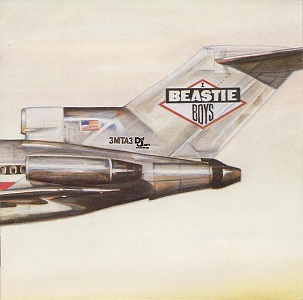
Beastie Boys – “Licensed to Ill”
Who would have thought that the most raucous rap record of 1986 would be released by three white Jewish kids hailing from New York City?
“Licensed to Ill,” the debut record from the Beastie Boys, was the first rap LP to top the Billboard album chart, went diamond in the United States, and made the trio household names across America. In hindsight, it’s clear to see why.
Bringing a loud and abrasive sound that was being explored by similar outfits such as Run-DMC, the Beastie Boys heavily employed rock samples and guitar riffs to compliment the groups hard-hitting rhymes.
This style, alongside their relatable bars about partying and causing chaos, helped expose the very young genre of hip-hop to a youthful suburban audience, many of whom were still listening to the bands that the Beastie Boys were sampling on this record.
This infectious energy is most apparent on album standouts “Fight for Your Right,” which parodies party songs so well that it came across as one to most listeners, and “No Sleep till Brooklyn,” which features a full-blown guitar solo, effectively making it impossible to box the trio into one genre.
Aided along by a still fresh-faced Rick Rubin, who let the Beastie Boys record the album in his NYU dorm room, “Licensed to Ill” heavily employs the use of samples.
It’s all there, from the funky “Slow Ride,” which samples War’s funk-rock classic “Low Rider,” to the abrasive album opener “Rhymin’ and Stealin’,” which uses the booming drums of Led Zeppelin’s “When the Levee Breaks” and the punching guitar riff of Black Sabbath’s “Sweet Leaf.”
The influence of this record is still very prevalent today, with Eminem paying homage to the record in the artwork of his 2018 album “Kamikazee” and Travis Scott sampling “The New Style” on his latest album “Astroworld.”
There could be a serious debate made to label “Licensed to Ill” as a rock record. At the start of the music video for “No Sleep till Brooklyn,” the Beastie Boys get denied from performing a gig because of their appearance as a rap group only to show up again seconds later disguised as a rock outfit.
After listening to “Licensed to Ill,” could anyone really categorize these guys into one genre? —Paul Martin
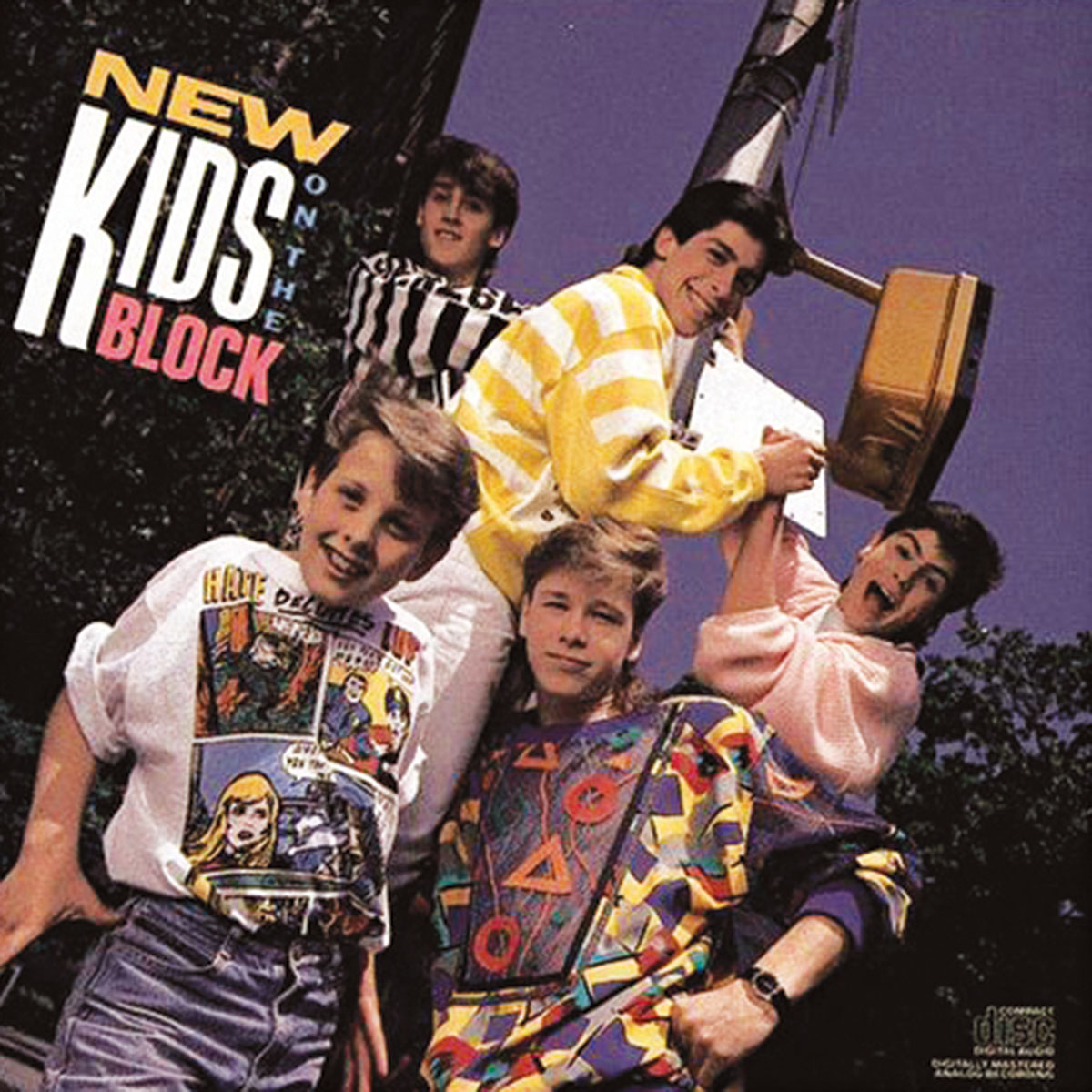
New Kids on the Block – “New Kids on the Block”
The success of New Kids on the Block’s debut self-titled album reinspired multiple generations of boy bands that would follow.
New Kids on the Block, often abbreviated as “NKOTB,” were one of the first musical groups to experiment with the “bubblegum pop” genre that many groups used throughout the ‘80s and ‘90s.
The group, first formed by producer Maurice Starr in 1984, consisted of five young men. Although the band went through a couple rough drafts, the lineup was finalized in 1985 in preparation for the group’s first album. Those five members would be Jonathan and Jordan Knight, Joey McIntyre, Donnie Wahlberg and Danny Wood.
The album “New Kids on the Block” was not as successful as originally anticipated but still performed decently on the charts in 1986. It peaked at No. 25 on the Billboard 200 and ended the year at the No. 36 spot.
The group’s debut album had three singles, including “Be My Girl,” “Stop It Girl” and “Didn’t I (Blow Your Mind This Time).” The first two singles were not well received by the intended teen audience. “Be My Girl” and “Stop It Girl” had minimal success in the group’s native area of Boston and didn’t garner nationwide attention as anticipated. NKOTB’s record label, Columbia Records, was beginning to lose faith in the group. However, Starr convinced them to give the group one more chance with a second album.
Luckily for the boys, they were given another chance, and their second album earned much more attention across the world. They decided to switch up their sound after not experiencing much success in the bubblegum pop genre. Their second album, “Hangin’ Tough,” had more of an urban-contemporary vibe and is considered the group’s breakthrough album.
The second track on NKOTB’s first album, “Didn’t I (Blow Your Mind This Time),” actually experienced a resurgence in popularity after the second album’s release in 1988. The original 1986 recording of the song was rereleased as a single in 1989 and peaked at No. 8 on the Top 100.
Once the group had developed a sound fanbase, the record label directed fans to the original album in hopes of getting more sales.
Although the sounds of “New Kids on the Block” and “Hangin’ Tough” are very different, NKOTB’s loyal fan base was still drawn to the older album after it was heavily promoted by Columbia. Many still consider it a success despite its initial reception. —Sarah Simpson
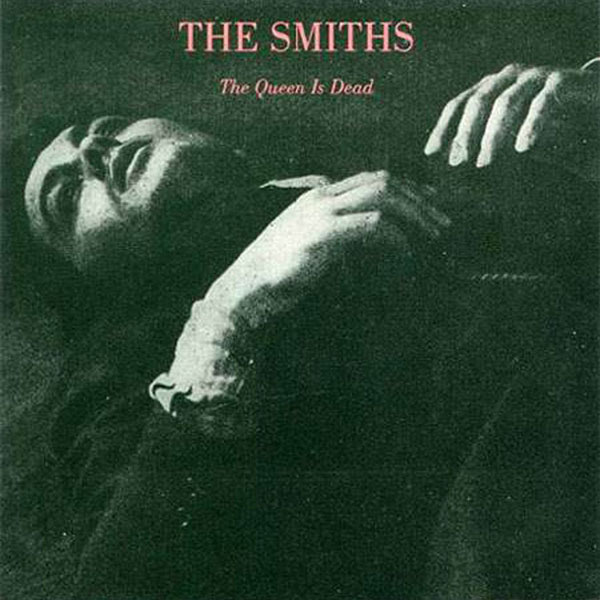
The Smiths – “The Queen Is Dead”
If there was ever a band that acted as the epitome of their respective genre, the Smiths would be it. The ‘80s group and post-punk indie rock go hand and hand thanks to their iconic third record “The Queen Is Dead.” Offering everything a listener could have ever expected from the group, this record cemented the Smiths’ long-lasting legacy and showcased the aesthetic of the band at its most potent.
The track “Frankly, Mr. Shankly” is a playful song, which flirts with an entitled sense of arrogance. The somehow miraculously, not-at-all-jarring, bouncy, marching band-esque underlayer of the song flawlessly propels its gripping, offbeat lyricism.
The following track, “I Know It’s Over,” immediately slows things down to a tactfully placed crawl. The listener finds themselves suddenly enthralled in some sort of smoky, empty-dance-floor atmosphere. The relatable and sorrowful inner monologue of the track feels just as captivating as the fast-paced track that precedes it.
Other highlights include the psychedelic “The Boy with the Thorn in His Side,” the boisterous “Bigmouth Strikes Again” and the lulling “Some Girls Are Bigger than Others.” These tracks expose the range of the Smiths’ diverse style and helped to shape the album’s incredible revisiting potential.
However, the crown jewel of the record is the impeccably choreographed “There Is a Light That Never Goes Out.” Arguably one of the strongest pieces released by the Smiths, this deceptively bright track perfectly weds the Smiths’ cathartic emotional lyricism with an incredibly invigorating backtrack. This song acts as an eternal display of the band’s iconic affinity for clashing their darker lyricism with energetic and spontaneous dynamic instrumentation.
Providing the blueprint for future bands for how to craft a successful indie-punk record, the Smiths’ “The Queen Is Dead” blends the bittersweet adolescent charm found in their earlier work with a deeper grounding in sophistication and maturity.
With “The Queen Is Dead,” the Smiths accentuated their melodramatic nature with fantastic theatricality that feels incredibly personable, as well as revolutionary and relevant still to this today. —Scott Perdue

Van Halen – “5150”
In 1986, Van Halen proved the impossible by continuing their success without lead singer David Lee Roth, as “5150” features new vocalist Sammy Hagar.
This album surpassed the success of the band’s previous record “1984,” topping the charts, and becoming the group’s first No. 1 album. The singles “Why Can’t This Be Love,” “Love Walks In” and “Dreams” all made the top 40.
Even with a new singer, Van Halen continued their momentum in producing distinct music. The album features the first flat-out pop ballad of Eddie Van Halen on the keyboard in “Love Walks In.” Van Halen’s identifiable riff rock is also what led to the band’s success for the singles of “Good Enough” and “Get Up.” This sound is what defined mainstream rock for decades to come.
Following the success of the “5150,” Van Halen went forward with Hagar as their lead singer. The band continued to top the charts worldwide with their No. 1 albums of 1988’s “OU812”, 1991’s “For Unlawful Carnal Knowledge” and 1995’s “Balance.”
Van Halen went on to have several successful world tours in the years to come. To this day, Van Halen is one of the most notable rock bands on earth and has left a lasting impact on the music industry. —Madison Miller
Madison Miller is a freshman majoring in broadcast journalism. To contact her, email mcm6350@psu.edu.
Scott Perdue is a senior majoring in secondary education. To contact him, email rsp5246@psu.edu.
Sarah Simpson is a junior majoring in film-video. To contact her, email sus816@psu.edu.
Paul Martin is a junior majoring in telecommunications. To contact him, email phm5095@psu.edu.
David Fortunato is a senior majoring in broadcast journalism. To contact him, email dforch2344@gmail.com.
Joe Eckstein is a junior majoring in broadcast journalism. To contact him, email jojoeck62@gmail.com.
About the Contributors

Scott Perdue
Senior / Secondary Education
Scott Perdue is a student studying secondary education at Penn State University. He is passionate about voice and conversation mediums. He believes that music and film are an important form of communication and enjoys constructively criticizing an artist’s work.

David Fortunato
Senior / Broadcast Journalism
David Fortunato is an aspiring broadcast journalist with a passion for both sports and the arts at Penn State. Along with being one of the directors for the CommRadio arts & entertainment department, he has written articles, participated in podcasts and even done a live show for the CommRadio sports department. In addition to his work for CommRadio, David is also involved in PSNTV’s Penn State Sports Night. David was also an intern for the Penn State men’s club hockey team, where he did player interviews, produced live streams, did camerawork and even did some play-by-play. He can be contacted at .(JavaScript must be enabled to view this email address).

Paul Martin
/

Madison Miller
Third-year / Broadcast Journalism
Madison Miller is a news and sports anchor for the Centre County Report.

Sarah Simpson
Senior / Film-Video
Sarah Simpson is a senior from Irwin, Pennsylvania majoring in film-video, and minoring in Journalism and Spanish at Penn State. She is a member of Centre County Report. She is also the president of Penn State Network Television (PSNtv), Penn State’s student-run television network, as well as the director for PSNtv’s weekly news broadcast PSN News. She has interned with the Pittsburgh Post-Gazette as a photo/video intern and Penn State Athletics as a live video production intern. If you’d like to contact her, email .(JavaScript must be enabled to view this email address).

Joe Eckstein
Fourth year / Broadcast Journalism
Joe Eckstein is a fourth year for Nazareth, Pennsylvania majoring in broadcast journalism. He is a contributor for the CommRadio. He also is the opinion editor for The Daily Collegian. He was a former intern with The Morning Call newspaper in Allentown. To contact him, email him at .(JavaScript must be enabled to view this email address)








